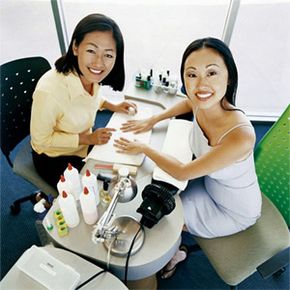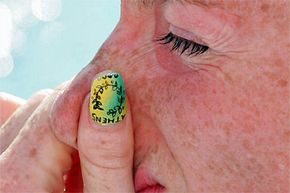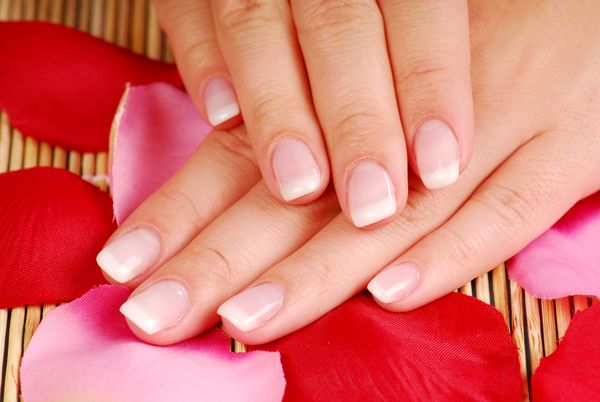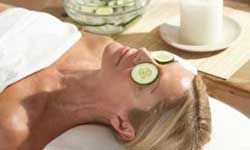Why do people get manicures? First, changing your nails can change how you feel about yourself. For instance, some professional women who lost their jobs were loathe to cut a weekly manicure from their expenses, arguing that the indulgence helped them to look professional [source: Saint Louis]. Second, the process is undeniably relaxing, from the hand massage, to the careful attention to each finger. Third, sometimes it's hard to deny a bride who's made a round of manicures mandatory for the bridal party.
Regardless of the reason for the beauty treatment, a manicure forces you to take some time for yourself. How you spend that time is up to you -- rehashing recent dramas with your friend in the adjacent chair or chatting with the manicurist. After all, you and the manicurist practically hold hands, and if you know each other well, you might catch up on life since the last manicure.
Advertisement
Even if you and your nail technician aren't best buddies, you can benefit from a manicure in ways beyond the obvious. For instance, nail biters may refrain from chomping on their digits if they're looking at a set of perfect nails sparkling with Moon Over Mumbai polish.
Not everyone sees the point of sitting in a salon and devoting an hour or so to your nails. Manicures don't last forever; that's why the salon can count on you coming back and spending more money. Your manicure will start chipping in three days if you're hard on your hands -- washing them frequently, working with them and not wearing gloves when doing dishes. For the average person, though, a manicure lasts a solid week. You may even be able to stretch it into two weeks by adding a clear top coat every other day.
Even if you'd never place a pinky finger in a salon, you may be curious about the men and women in your life who disappear weekly behind those glass doors. Keep reading to learn about manicures and the secrets behind well-groomed hands.
Advertisement




